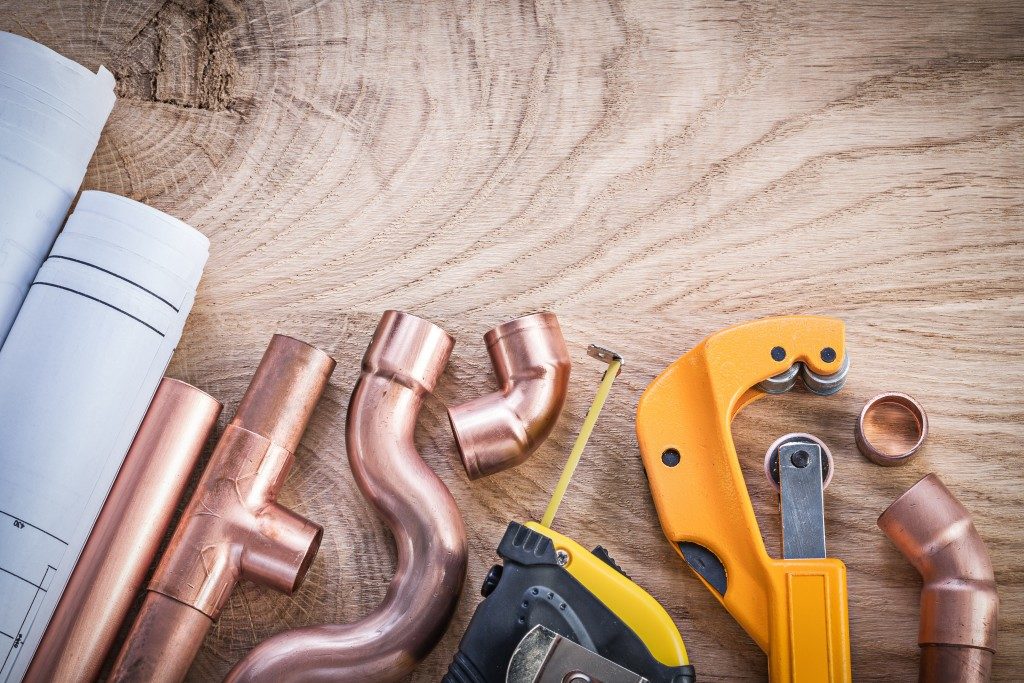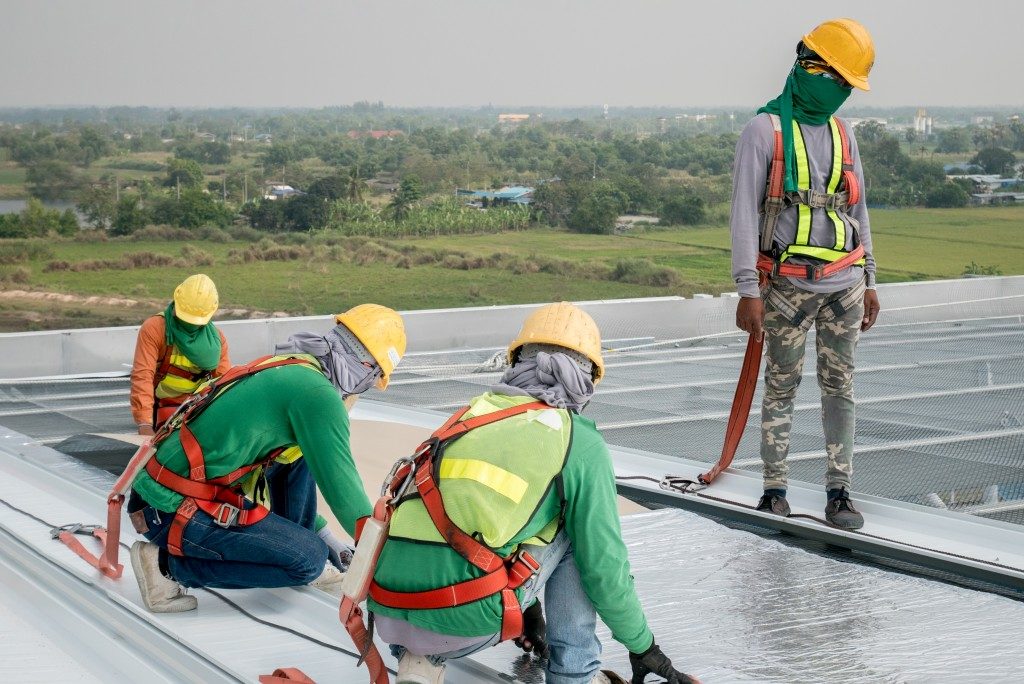Any project in your home’s exterior requires some protection from expensive water damage and leaks. Flashing is the primary construction detail that will form a protective seal over your building’s joints from all kinds of water damage. Roof flashing is installed in the roof’s valleys and peaks and along its edges, chimney, and vents. The window flashing is applied around it to avert the leakage of rain around its sash, while deck flashing is a protective element around your deck’s ledger board.
Metal modified through laser metal cutting for your Utah property is one of the leading choices for property flashing. The use of laser cutting will allow the formation of even the most intricate of designs into your flashing to not only boost its water damage protection for your home but also its appearance as well. The following are the metal alternatives you have for your property’s flashing.
Aluminum
Most flashing in residential buildings is made of aluminum. This is because the metal is easy to bend, not costly, and will retain paint pretty well. Aluminum flashing, unfortunately, tends to oxidize and pit when used in area with polluted and salty, making it not suitable for coastal areas. There however exists prefinished aluminum flashing suitable for urban areas where air pollution is rife. The best aluminum coil stock for your flashing is one measuring .0.22 to.0.24 inches.
Copper

There are two copper variants used for flashing: hard and soft-rolled copper. Soft-rolled copper is malleable and can be created into various irregular shapes. The hard-rolled option is the commonly used one since it is more durable and stronger and will thus hold up to most exterior elements. Copper flashings are available in thicknesses of 16 to 24 oz. They are corrosion-resistant and easy to solder but should not be allowed to touch galvanized steel elements as they will oxidize. The fasteners you use for your copper flashing should thus be made of stainless steel or copper.
Lead
This is the best material in applications that call for a high malleability degree like chimney step flashings since it is soft. When using lead for your flashing, it is advisable to leave one of its sides unfastened to accommodate movement. When pinned on all sides, lead flashing might tear and fatigue owing to thermal changes.
Galvanized Steel
This material suffices for property owners looking for the least expensive option. The low cost, however, comes at a price since galvanized steel flashings are not so durable. To this end, they are not used in places with a harsh climate. Moreover, they should not be in contact with pressure treated wood or masonry materials. This is because the materials will wear the galvanic coating and expose the underlying steel to corrosive elements. Steel flashing generally comes in thicknesses of 26 to 28 gauge.
Rubber, roofing felt, and plastic are the non-metallic alternatives available for the flashing of your home. The above metals are however more durable compared to these alternative materials and largely easier to work with thanks to the machines available nowadays. This does not, however, negate the need for professional installation if you want optimal protection and the best look for the flashing.

